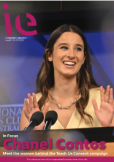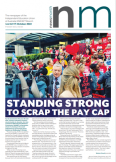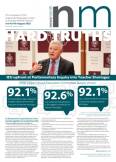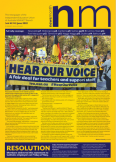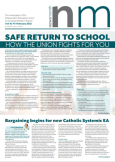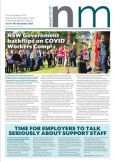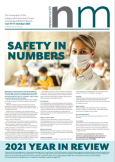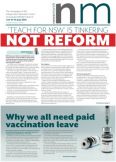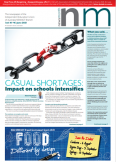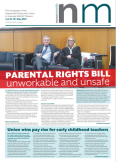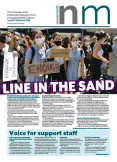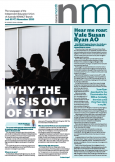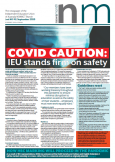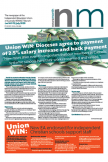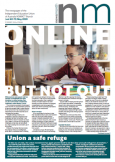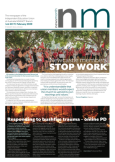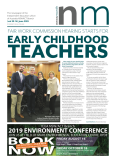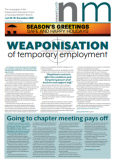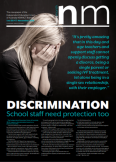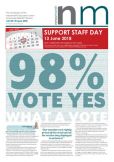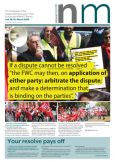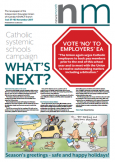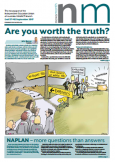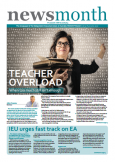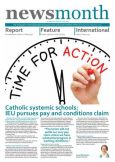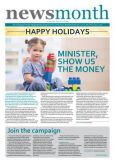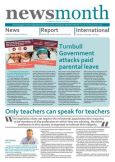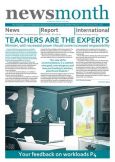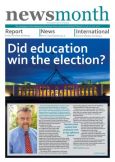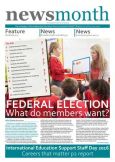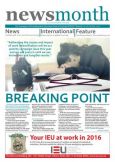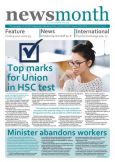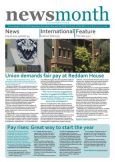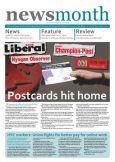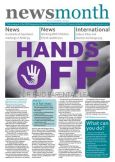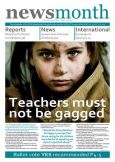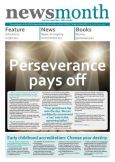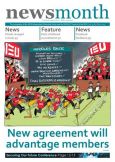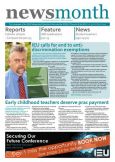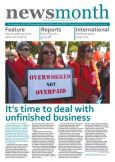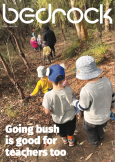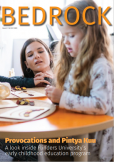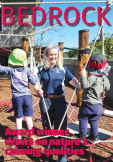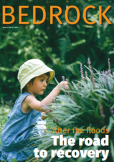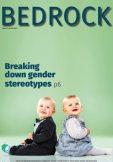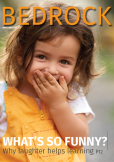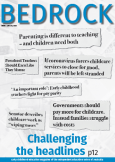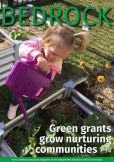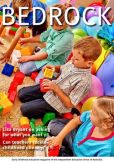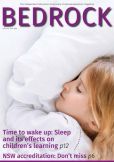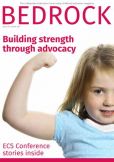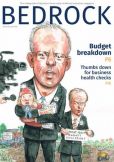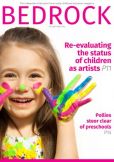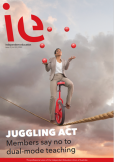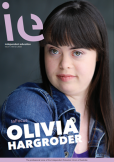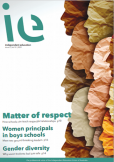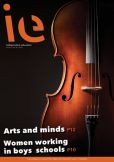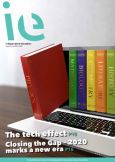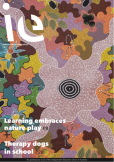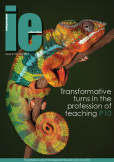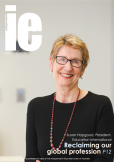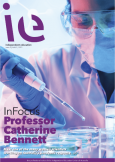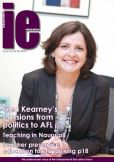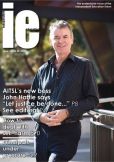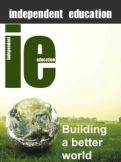The proliferation of out-of-field (OOF) teaching has grave ramifications for educators and students, but there are bright ideas about how to fix the problem, Will Brodie writes.
OOF teaching is when teachers take on subjects or stages of schooling they are not qualified to teach.
Staff shortages mean classes in the crucial economy-building fields of science, technology, engineering and maths (STEM) subjects are among the worst affected by OOF teaching.
The statistics are stark:
Around 40 per cent of Australia’s Year 7 to 10 mathematics classes are taught without a qualified maths teacher.One in four Australian Year 8 students (23 per cent) is taught by non-specialist maths teachers and one in 10 (9 per cent) by non-specialist science teachers.The number of school students studying STEM in Year 11 and 12 has stalled at 10 per cent.
Professor Mark Hutchinson, President of Science and Technology Australia, says research by the Australian Mathematical Sciences Institute shows that at current rates of training, “it would take 20 years to ensure every Australian student is taught by a maths teacher with specialist training”.
Hutchinson says when STEM subjects are taught by OOF teachers, “regardless of how hard a teacher works, students’ enthusiasm and desire to continue in maths and science often drops away”.
Lauren McKnight, Vice President of the Science Teachers Association of NSW, says, “we are jeopardising the future of the STEM workforce and it’s a vicious cycle. We can adjust policy to train mid-career professionals, but this is not an immediate solution.
“We are going backwards,” she said, citing a survey of 300 NSW science teachers conducted in June which found eight in 10 science classes were taught by teachers without expertise in that subject.
The survey also found 48 per cent of respondents said there was at least one permanent vacancy for a science teacher in their school, and 84 per cent of respondents reported that science classes had been taught by a non-science teacher in the week they were surveyed.
High attrition rates
“The pipeline of new teachers entering the profession is inadequate, and attrition rates are high,” said the Science Teachers Association’s submission to a NSW parliamentary inquiry committee in June.
In 2020, the Australian Mathematical Sciences Institute (AMSI) warned Australia did not have enough high-quality STEM teachers emerging to meet future demand.
At that time, research from Monash University and the University of Sydney revealed Victoria’s rate of out-of-field STEM teaching was 14.9 per cent, and in NSW it was 10.5 per cent.
The report, Teaching ‘out-of-field’ in STEM subjects in Australia found OOF teaching happened less when schools had more autonomy, flexible budgets, and better funding.
Solutions
Linda Hobbs, Deakin School of Education Associate Professor – and lead author of the report Australian National Summit on Teaching Out-of-field: Synthesis and Recommendations for Policy, Practice and Research – says teaching out-of-field has become “an increasingly critical issue”.
“We believe it is something that needs to be addressed urgently to mitigate any impact on students’ education and teacher wellbeing.”
Associate Professor Hobbs says there are three main causes for the out-of-field teaching crisis.
“The first is a lack of teachers available at the school who are qualified to teach certain subjects. The second is that there is an unequal distribution of teachers in a geographic area, meaning suburbs, towns or cities just don’t have enough teachers to meet demand. The third reason is recruitment practices by the school that preference qualities other than teacher specialisations when making their hiring decisions.”
Paul Weldon, Senior Research Fellow at the Australian Council for Educational Research (ACER), says OOF teaching will never be completely eradicated because there are small schools “that can only employ a certain number of staff but must provide a minimum curriculum”.
However, he suggests incentives should be provided for teachers to upskill in another field. He also says it’s important to ensure even distribution of qualified teachers “so that regional and rural areas aren’t missing out while there is over-supply in metro areas”.
A major recommendation of the report is the development of a national definition of OOF teaching to help measure how bad the problem is in each jurisdiction.

